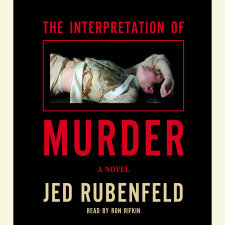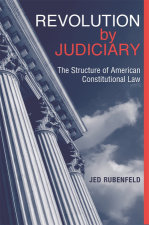Revolution by Judiciary
The Structure of American Constitutional Law

Although constitutional law is supposed to be fixed and enduring, its central narrative in the twentieth century has been one of radical reinterpretation--Brown v. Board of Education, Roe v. Wade, Bush v. Gore. What, if anything, justifies such radical reinterpretation? How does it work doctrinally? What, if anything, structures it or limits it?
Jed Rubenfeld finds a pattern in American constitutional interpretation that answers these questions convincingly. He posits two different understandings of how constitutional rights would apply or not apply to particular legislation. One is that a right would be violated if certain laws were passed. The other is that a right would not be violated. He calls the former "Application Understandings" and the latter "No-Application Understandings." He finds…
Currently the Robert R. Slaughter Professor of Law at Yale University, Jed Rubenfeld is one of this country's foremost experts on constitutional law. As a Princeton undergraduate, he wrote his senior thesis on Freud. At the Juilliard School of Drama, he studied Shakespeare. He lives in New Haven, Connecticut, with his wife and two daughters.



